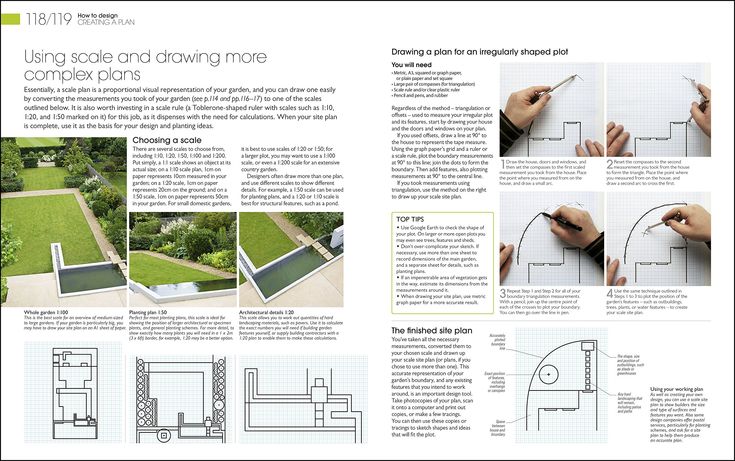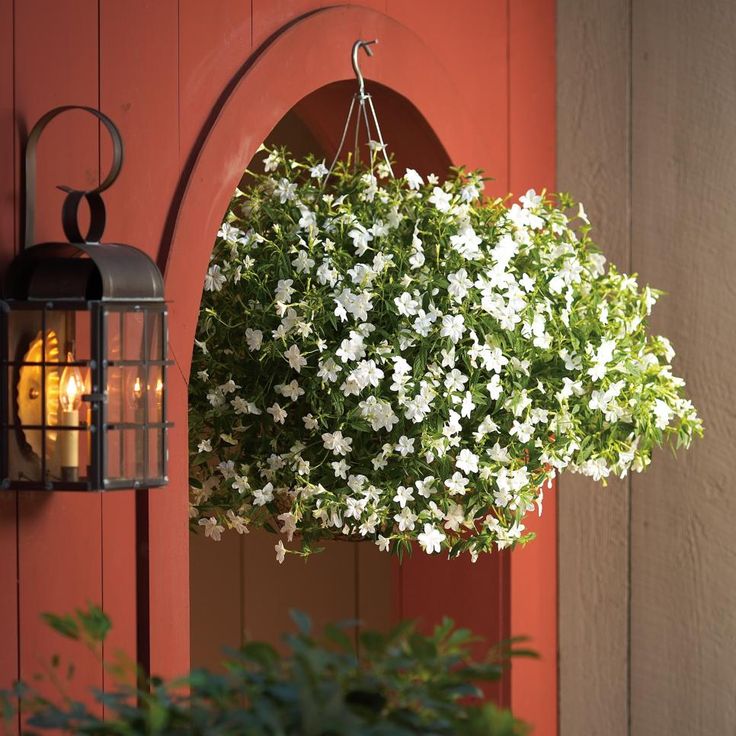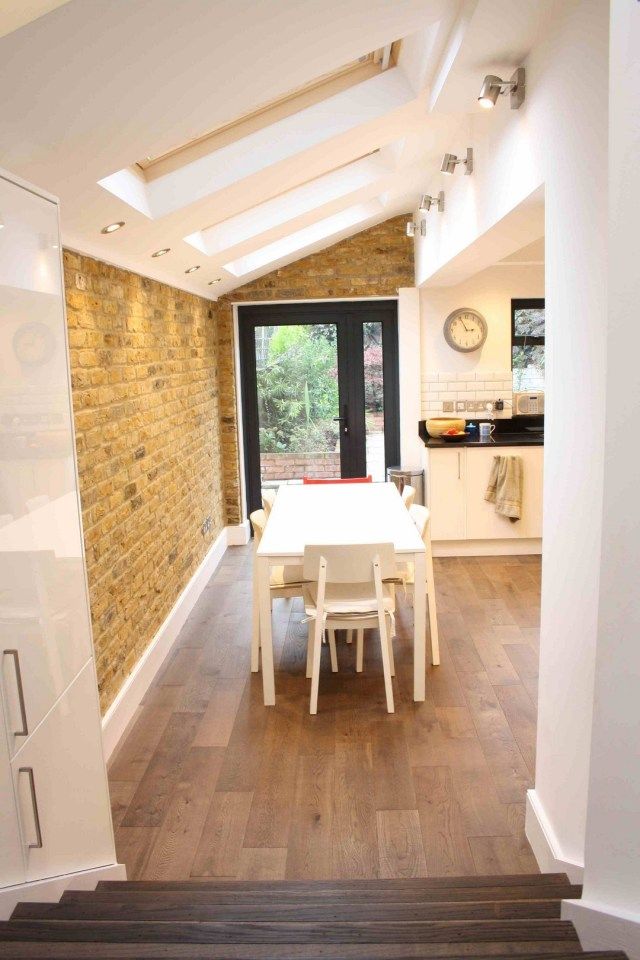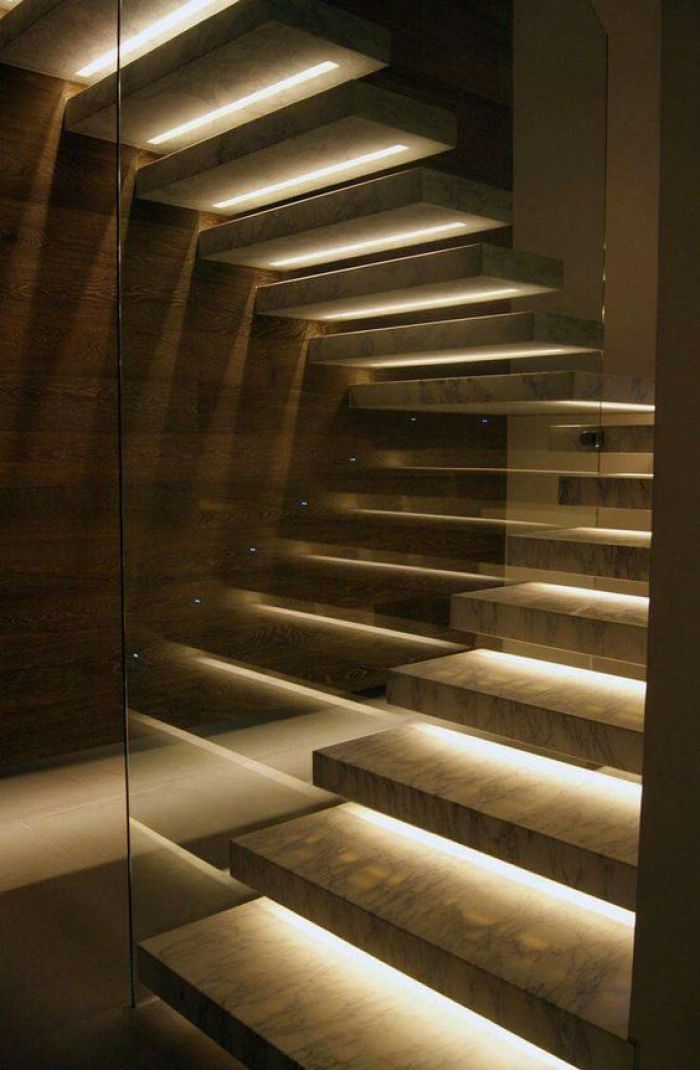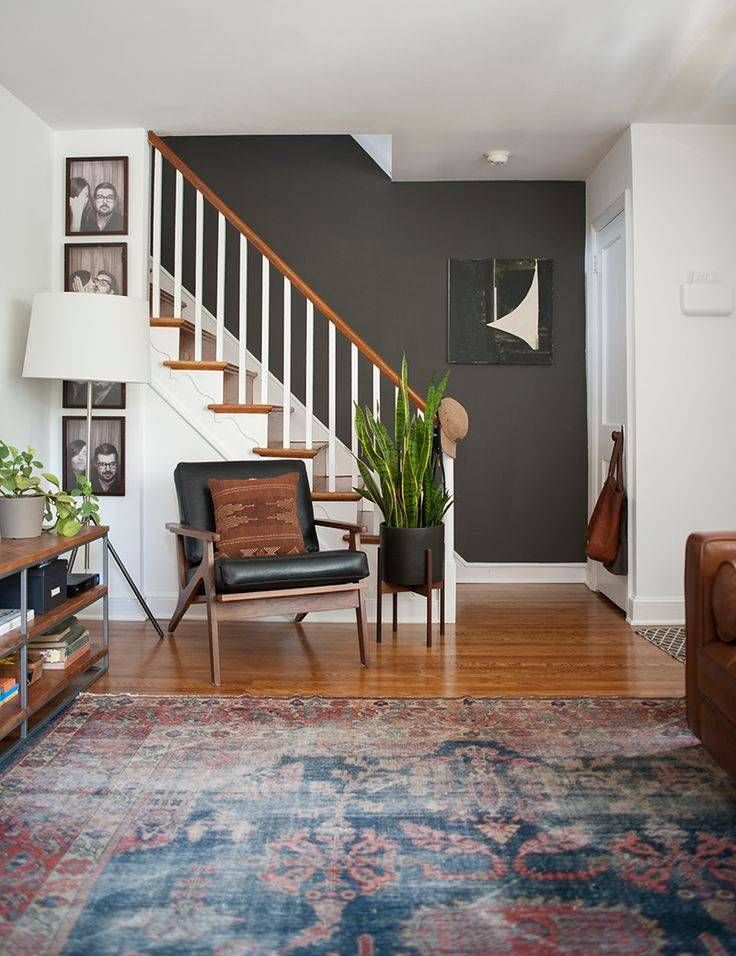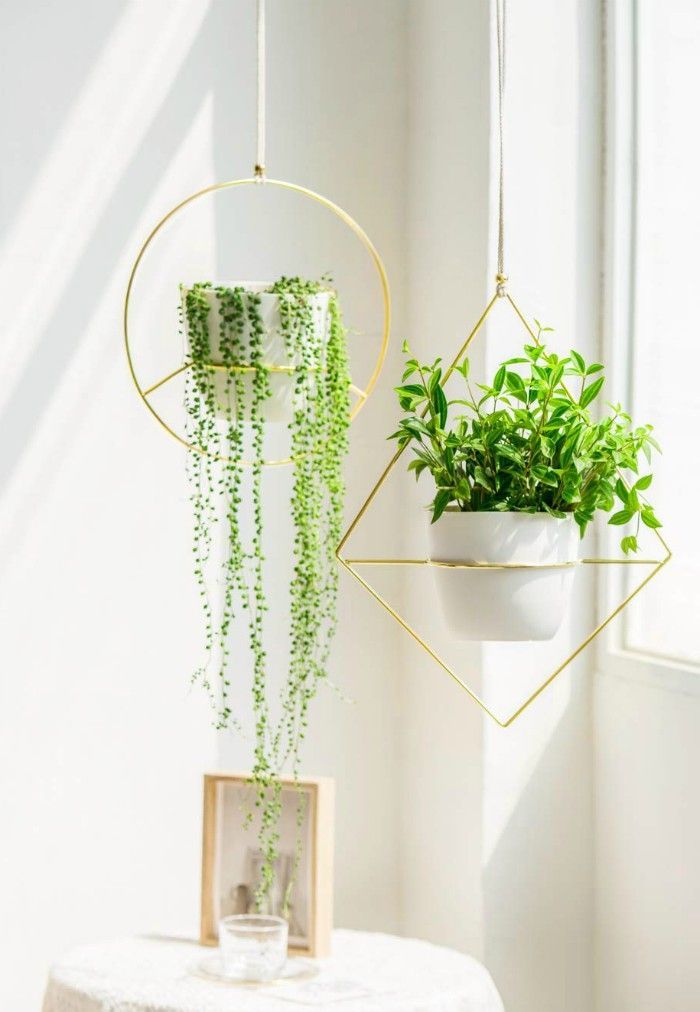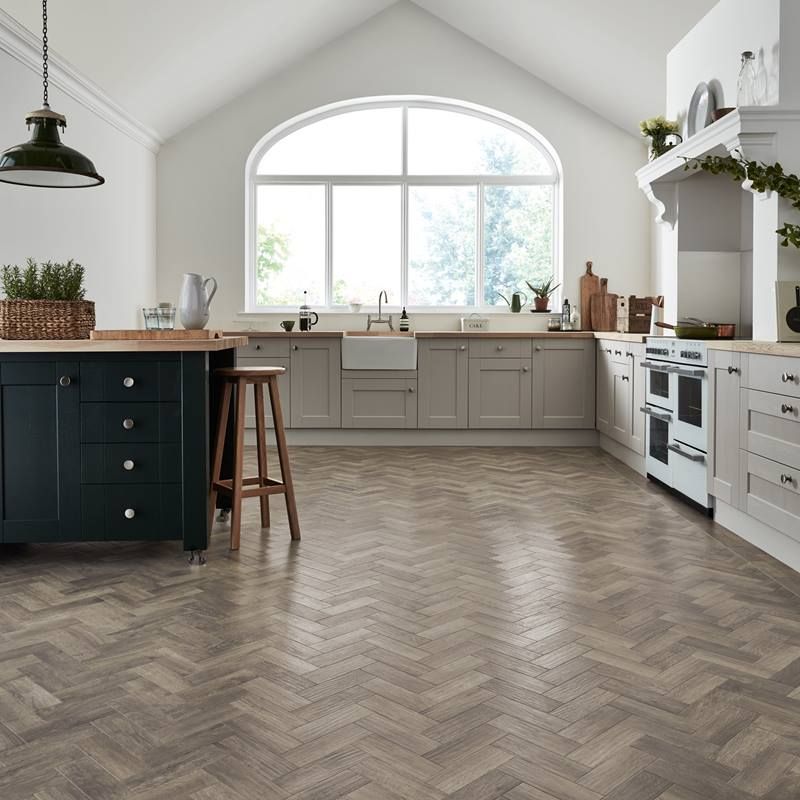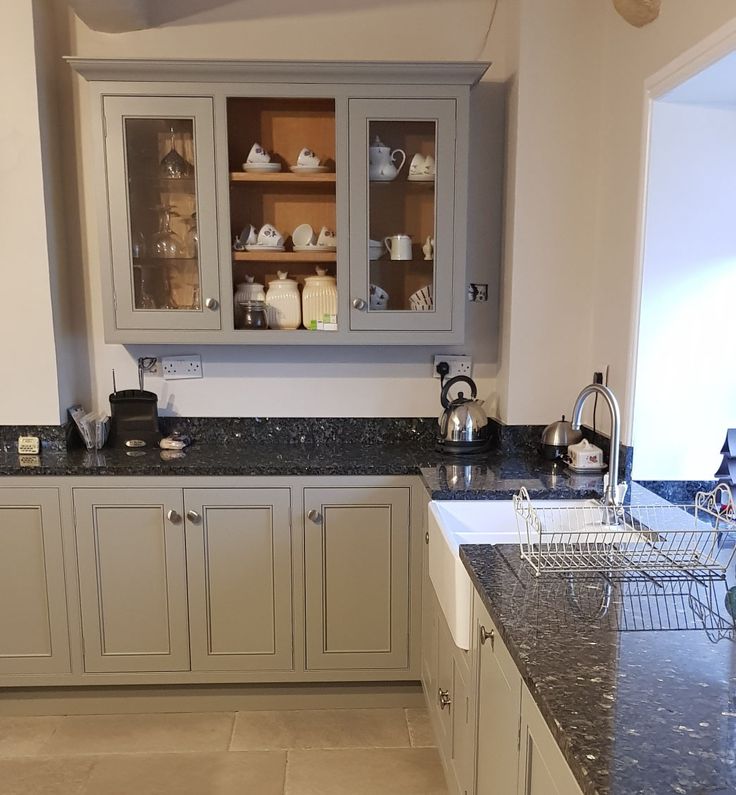Planning your garden
How to Plan a Garden
< Back to Learn
What should I plant? How much should I plant? And where should I plant it? If you’re new to gardening—and even if you’re not—starting your garden can, at times, feel overwhelming. The good news? You don’t have to be a master gardener to create a garden plan that yields a healthy harvest. Here are a few tips to help you kick-start your home garden.
Give It Some Thought
As it does with most endeavors, it pays to think through your garden project before you order your seeds or transplants. Which vegetable varieties really pique your interest? How much land can you commit to a garden? (Be sure to allow adequate space between rows!) How much time do you have to devote to weeding, mulching, watering, and other garden maintenance? Which plant hardiness zone do you call home, and which plants thrive in that region over the course of the year? Answering these questions will help you develop a garden plan that suits your land and lifestyle.
Whether or not you are new to gardening, prioritize the crops that excite (or perhaps intrigue) you. And if you had a garden last year, make sure to rotate your crops this year, moving the location of each plant family to increase soil fertility and crop yield. Consider saving seeds from your garden, too. With just a few extra considerations, you can also plan to save seeds from your garden.
Choose a Good Location
Most vegetables grow best when they get at least six hours of sun a day, so be sure to plant your garden in a sunlight-rich location. If that sunny spot is close to a convenient water source for irrigation, that’s even better. Sowing your seeds or planting your transplants near a water source will make it easier to keep your soil at the optimal moisture level..
Start Small
Bigger doesn’t always mean better when it comes to basic garden planning. If you’re new to gardening, or if you have limited time to devote to your garden, commit to a plot size that won’t overwhelm you and concentrate on a selection of vegetables you like to eat that are also easy to grow. Radishes, lettuce, spinach, and carrots are just a few of the crops that don’t take a lot of time or experience to produce a harvest.
Radishes, lettuce, spinach, and carrots are just a few of the crops that don’t take a lot of time or experience to produce a harvest.
Pay Attention to Your Soil
There’s no way to overemphasize the importance of good soil: your garden will grow best in nutrient-rich, well-drained, weeded, and loosened (non-compacted) soil. Before you plant each spring, take the time to enrich your soil with quality compost or other organic matter if you want to boost your soil’s fertility and your garden’s production. Mulch (like leaves, straw, and hay) also adds valuable nutrients to the soil and will cut down significantly on your need to weed.
Grow What You Love
What’s the point of growing vegetables you don’t like to eat? Let your palate dictate your choices when choosing your crops, but try to stay open to planting at least a couple new vegetables each year to keep your home garden a bit more exciting. The last thing you want is to have your garden feel like a chore rather than a source of inspiration and relaxation.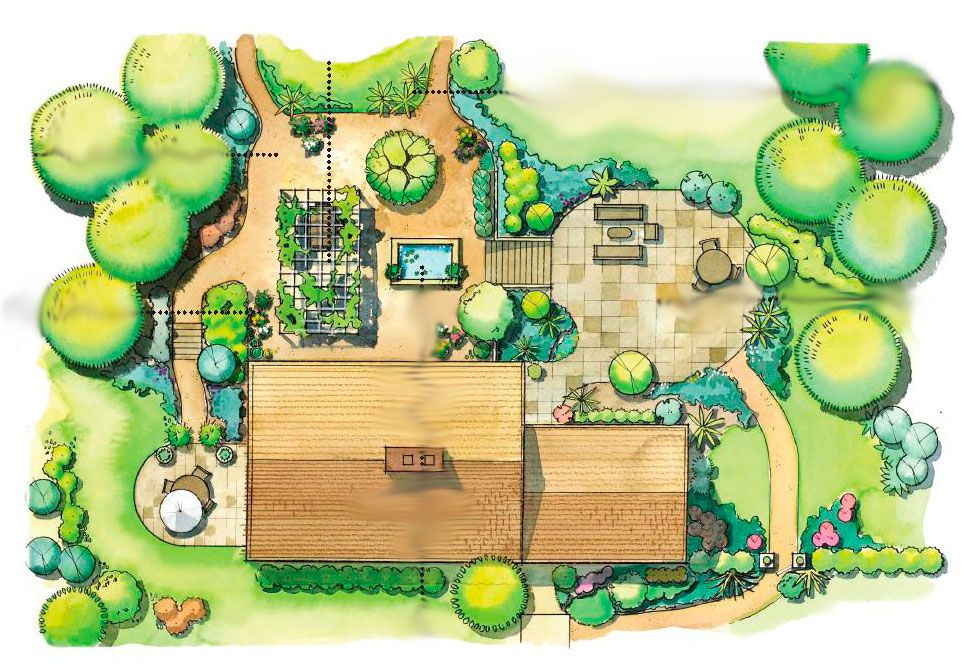
Keep Your Tools Simple
Truth is, you don’t need to invest a lot in tools for weeding and breaking up soil or otherwise preparing your soil for seeds or transplants. Multipurpose tools like this weeder and cultivator, used at Seed Savers Exchange’s Heritage Farm, can help you keep your garden weed-free.
Learn More About Seed Savers Exchange
More Garden Tips
Make the Most of Your Space
Plan a Seed Garden
Seed Saving Basics
Free eBook: Growing from Seed
Shop & Grow Heirlooms
Vegetable Seeds
Flower Seeds
Herb Seeds
Transplants
Crop-by-Crop Growing Guides
Select a CropArugulaBeanBeetBrussels SproutsCabbageCarrotCauliflowerCollardsCowpeaCucumberEggplantGarlicGround CherryKohlrabiLeekLettuceLima BeanMelonMustardOkraOnionPeaPepperPotatoRadishRunner BeanShallotSorghumSoy BeanSpinachSquashSwiss ChardTomatilloTomatoWatermelon
Programs and Resources
For Seed Savers
The Seed Garden
Why Save Seeds?
How to Save Seeds
How to Share Seeds
How to Share Seed Stories
Seed Saving Chart
Events and Workshops
Assessing Seed Maturity
Short-Term Seed Storage
How to Hand-Pollinate Corn
How to Hand-Pollinate Squash
How to Raise Insects for Pollination
Midwest Pollinators
For Community Builders
Community Seed Resource Program
How to Start a Seed Swap
How to Start a Seed Garden
How to Start a Seed Bank
How to plan a garden: Expert layout and planting advice
When you purchase through links on our site, we may earn an affiliate commission. Here’s how it works.
Here’s how it works.
(Image credit: Leigh Clapp)
Wondering how to plan a garden? Creating an outdoor space that complements its surroundings and your home in the way you want it to is an exciting project.
Whether it's a space for activities like dining, relaxing, entertaining and playing, or you want it to include all your favorite flowers and plants, there are plenty of garden ideas to choose from.
But there’s no doubt that planning a garden is a challenge, too. A garden changes through the seasons, and as it matures, so strategizing for year-round interest and for the future is vital, too.
This expert advice offers inspiration for every aspect of designing a plot, from garden decor ideas to planting tips, and more.
To begin your garden planning, think about both what you want to use the space for and how you would like it to look.
Growing flowers, shrubs and trees, plus perhaps vegetables and fruit, could be almost the entire purpose of a garden or it could be just one of its uses.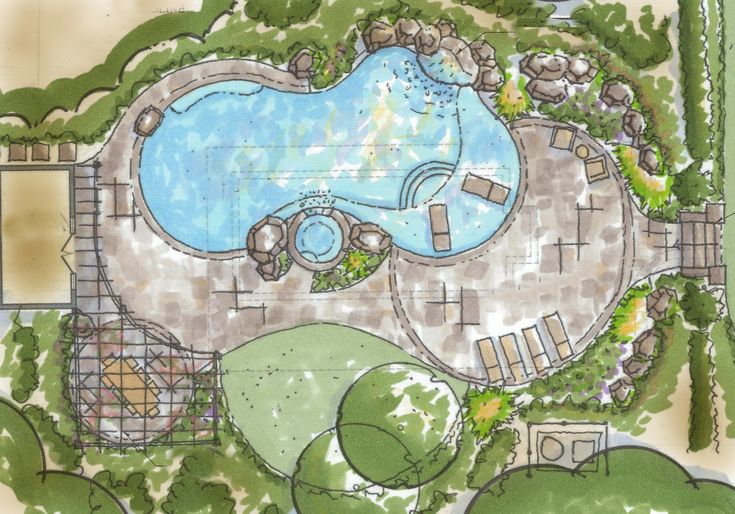
Many gardens are used as social spaces for relaxing or eating with a crowd of extended family or friends on a regular basis. And with a wide range of outdoor dining ideas available these days, there's something to suit every garden, no matter how big or small the space is.
Clever sloping garden ideas are useful if your outdoor space features an awkward gradient, which are famously difficult to design around. Or perhaps you're dealing with a garden on many levels - or want to create one.
At this initial stage, write a list of all the garden’s desired functions, which will help ready you to allocate space to different activities within your layout.
Your desired garden style ought to also be foremost in your mind at this stage. Should it be modern or traditional? Will you take inspiration from formal, Japanese garden ideas or more relaxed cottage gardens? Or are you looking to create a more formal garden design?
There are a whole host of different looks to suit various styles, but also which your surroundings and region might prompt you to prefer.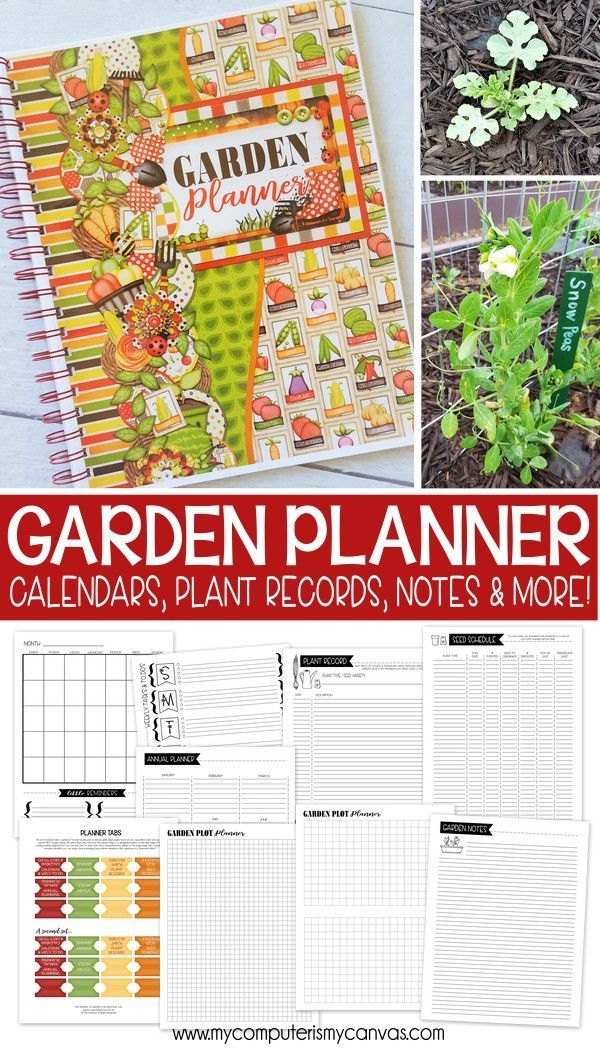
How to plan a garden
Start with the plants that'll work best for your yard
Before you design your garden, it's a good idea to take an assessment of your yard and your location to determine which plants will thrive there.
To start, observe your yard over the course of a day. Look at the areas you're considering for your garden, and jot down whether or not they are in the sun every three hours, or at 9 am, Noon, 3 pm, and 6 pm. This will help you decipher whether to plant shade, part-shade, or full sun plants in various areas of your yard.
It's also important to understand the hardiness zone where you live. The U.S. encompasses nine hardiness zones, each based on the local climate. The hardiness zone dictates the type of plants that are best suited and ill-suited to the area. Check a hardiness zone map to determine where you live.
Understanding your soil type will also help you determine the types of plants that'll work best for your yard, or how to properly nourish your soil to support the plants you wish to grow.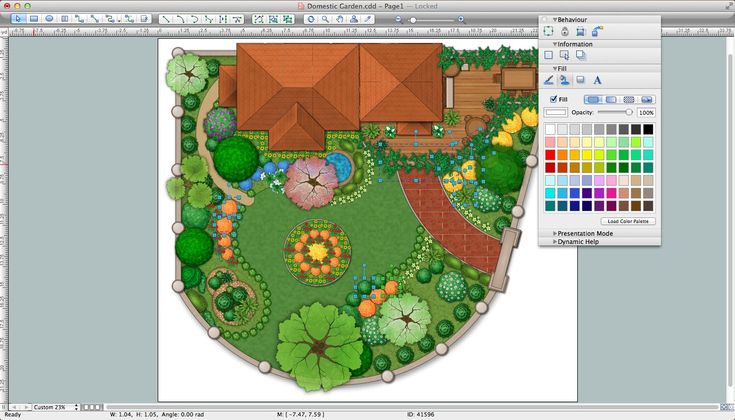 Most plants prefer a slightly acidic soil, with a pH level of about 6-7, though some prefer a more neutral or alkaline soil.
Most plants prefer a slightly acidic soil, with a pH level of about 6-7, though some prefer a more neutral or alkaline soil.
You can test your soil for basic acidity and alkalinity at home with a simple test, using thigs you have on hand.
To test your soil for acidity:
- Collect a soil sample from your garden area(s).
- Add a 1/2 C of water, followed by a 1/2 C of baking soda
if the soil fizzes, it's acidic.
To test your soil for alkalinity:
- Collect a soil sample from your garden area(s).
- Add 1/2 c of water to the sample, followed by a 1/2 of household vinegar.
If the soil fizzes, it's alkaline.
Finally, you'll also want to consider the local wildlife (deer love to eat tulips, for example), and whether you'll be planting a perennial garden that comes back every year, an annual garden to add some color during the summer season, or a mix of both.
Then, consider function and aesthetics
You can an whittle down your list of plants based on any functional and aesthetic goals you'd like to achieve.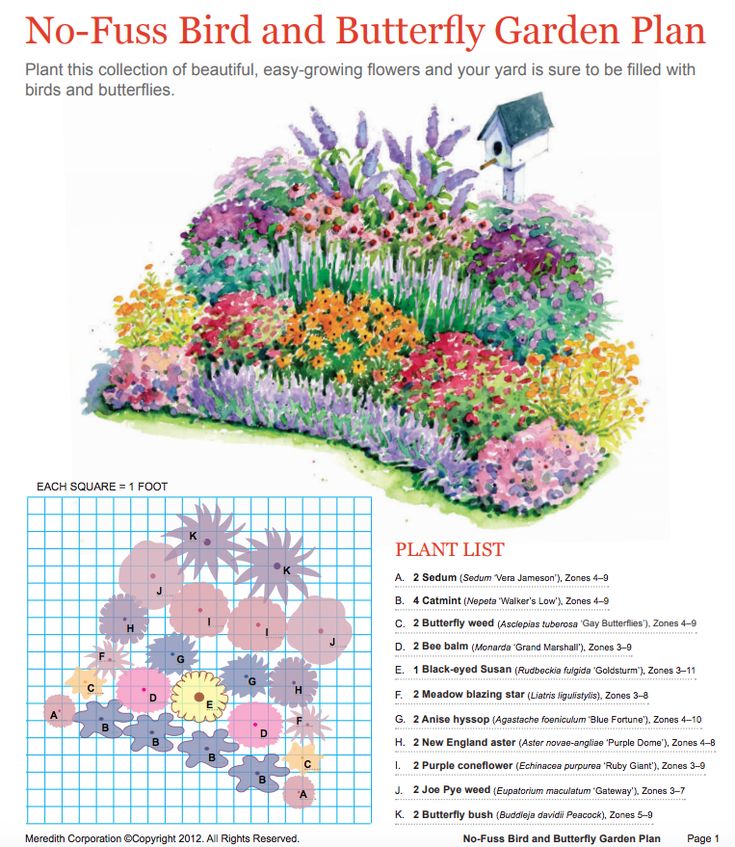
If privacy is a concern, you'll want to choose high-growing plants or shrubs that'll fill enough to create a sight barrier when you're landscaping with evergreens. If your garden is adjacent to a kids play area, consider hardier plants that won't be easily flattened by balls sent their way. If you want to attract butterflies or repel mosquitoes, there are plants for that, too.
If your garden will also serve as an outdoor living room, consider garden zoning with areas of lawn, plant-filled beds and borders, and outdoor rooms for dining and relaxing, which can be the ideal choice for the most multi-functional spaces.
Finally, you'll want to consider how any hardscaping and the size and shape of your garden will impact its look.
How do you plan a garden layout?
Wondering how to plan a garden layout? You could take the traditional approach with paper and pencil, or go digital. But either way, an actual plan is a sound strategy at this stage.
Measure the space first, then draw out a scale plan on to which you can mark the desired locations of different functional areas of the garden.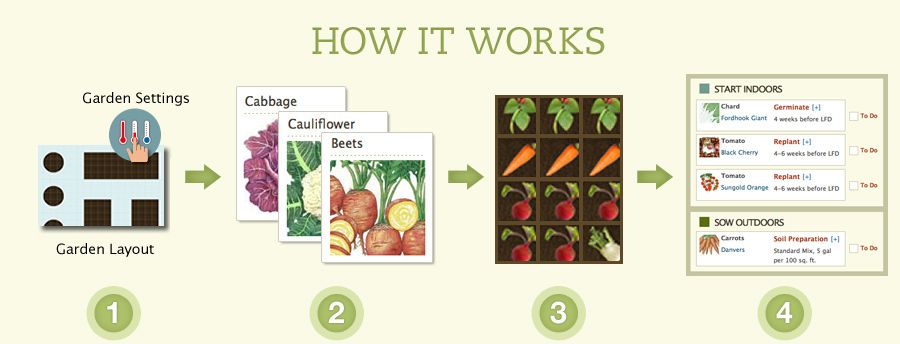
Bear in mind how sunny or shady these areas are and how this suits what will go on in the space. Clever pergola ideas or planting can help to create shade, but think about privacy, too.
You may also want to consider greenhouse ideas or additional garden buildings.
Add the latter to the plan first, then mark on both the desired hardscape (like paths, paving and deck ideas) and softscape (like lawns, beds and borders).
(Image credit: Future)
How to plan flowerbeds and borders
We’ve said that beds and borders need to go on to your garden plan, but how do you decide on their number, size, position and shape?
Borders go around the edges of the garden, along paths, or around garden buildings. Beds, which are entirely surrounded by a lawn, gravel or paving, are where you’ll create displays of plants. In some styles of garden, including traditional gardens, they are the most important feature, while in modern, low maintenance gardens, hardscape may dominate.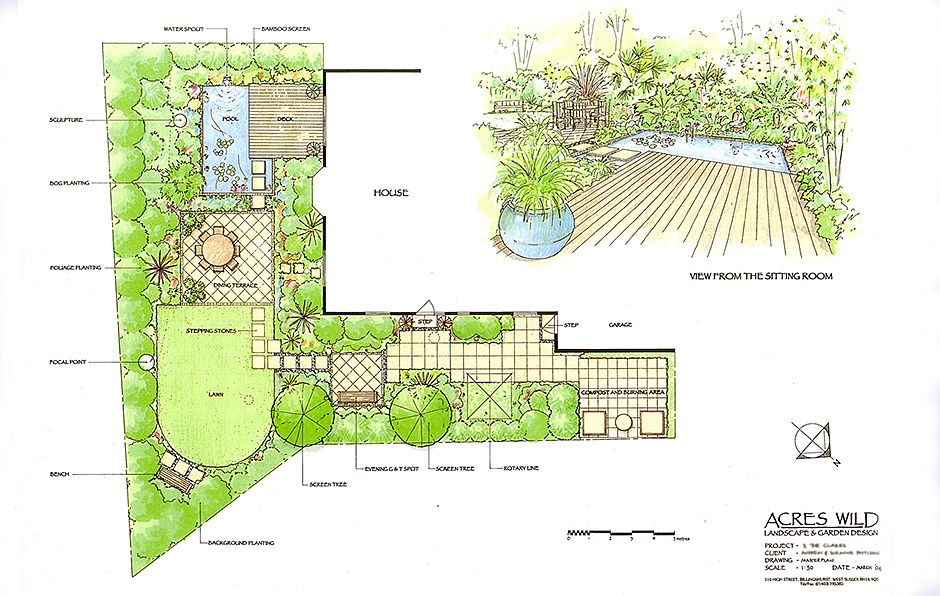
But as well as their number and size being governed by the style of garden you want to create, it should also be determined by how much time you have for maintenance. Although some plants require less work, generally more beds and borders equals more maintenance.
The shape of beds and borders will also be led by the style of garden you’re looking to create.
For more formal gardens, straight lines predominate with rectangular borders and squares and even octagons for beds, along with circles. For more informal gardens, think gently curvaceous borders and, while beds might be circular, soft teardrop shapes are popular, too.
If you're considering flower bed ideas – after all, that is the fun bit – bear in mind that what you plant in each bed and border should be determined by the soil type, the climate in your region, whether the garden is exposed to winds or near the coast, and whether it’s a sunny or shady spot.
They could feature a single type of plant for a formal look, or a mixture.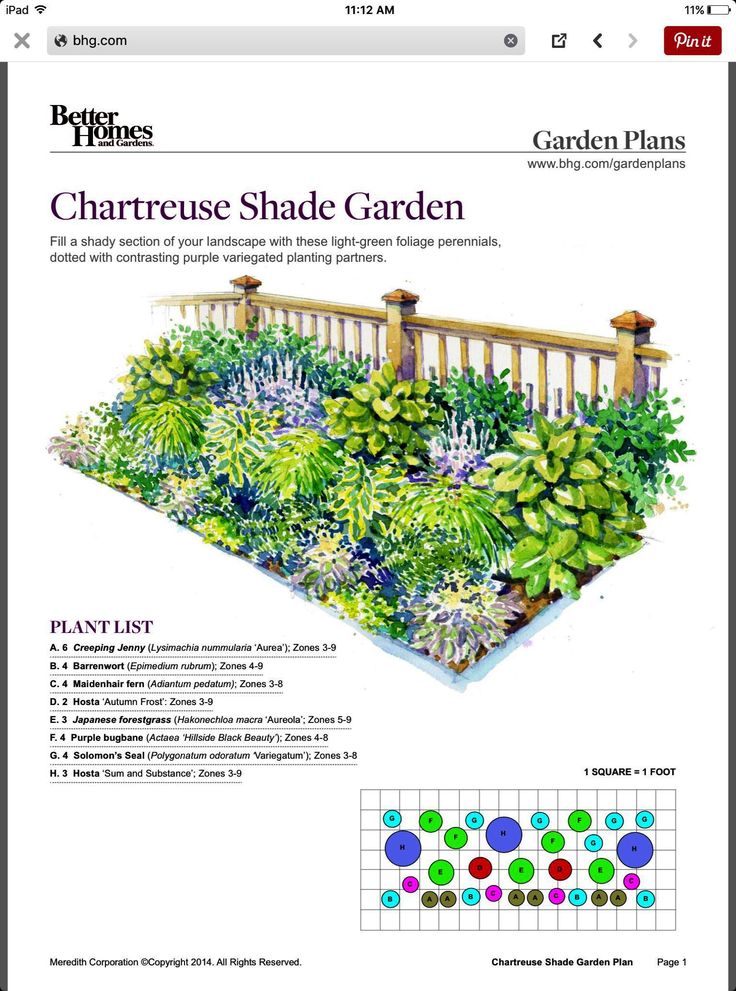 If it’s the latter, plan border planting from back to front, and work from the center to the perimeter for a bed.
If it’s the latter, plan border planting from back to front, and work from the center to the perimeter for a bed.
Think about the trees and evergreens that will make an impact year round first, then deciduous flowering shrubs, and lastly, flowers. Consider both shape and size of individual plants, and where you plan to use more than one specimen, count on putting in an odd numbered group if a natural effect is what you’re after.
(Image credit: Future / Mark Bolton )
Decide on a palette of materials
Smart garden landscaping ideas teamed with the right materials will create a complementary style of garden, be it modern, cottage, traditional or formal.
For a modern garden, porcelain and natural limestone patio ideas work well, along with concrete, metal and wood. More traditional gardens could mix stone, brick and gravel with wood, for example.
Consider the garden’s setting. ‘Use materials that already exist in your local area. This ensures your garden will sit comfortably in the surrounding landscape,’ recommends garden designer Ed Oddy MSGD.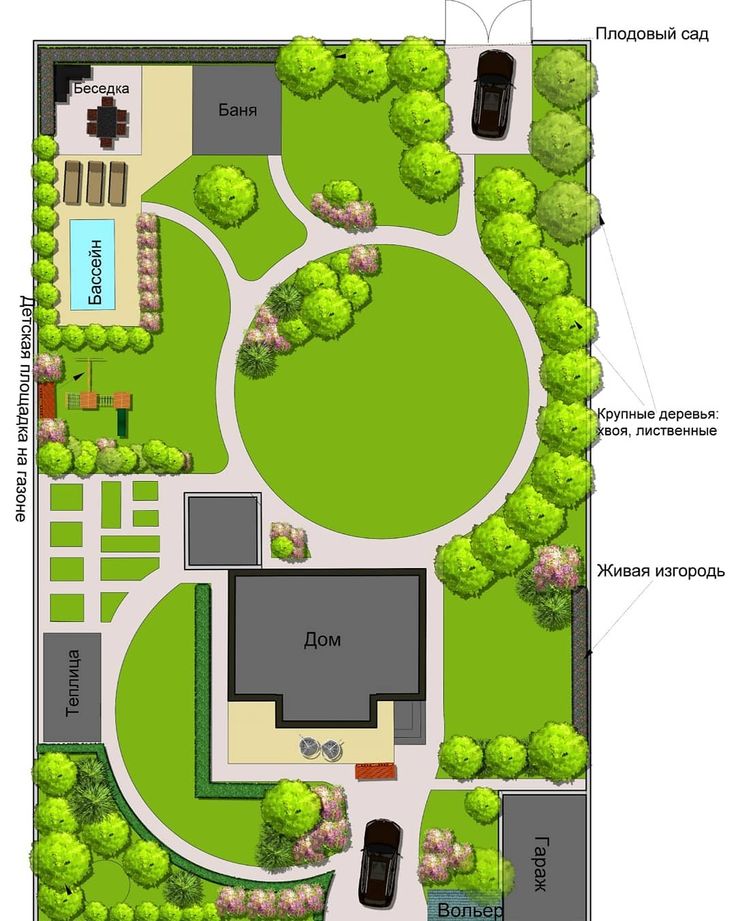
'To choose the right landscaping materials, a good formula to stick to is using no more than three hard landscaping materials,' says garden writer Sarah Wilson.
'For a cool, minimal look these should be in neutral colors with subtle touches of an accent color and/or material, such as black timber or a feature metal like Corten steel. For a more traditional look, opt for reclaimed bricks and choose a warmer color palette.’
Smart garden wall ideas can link the garden directly to the architecture of your house.
For example, you might choose brick of a similar shade to a colonial home, granite cobbles and pea stone to complement a typical New England house, slate or wood that echoes the material of a roof, or decking that repeats horizontal wood siding, for instance.
‘Make sure the design complements the property, too,' says Sarah Wilson. 'Wherever possible the style of garden should complement the period and architecture of the house.
It may be tempting to go for a low-maintenance paved design on the back of a Victorian home or to fill your small urban courtyard with cottage garden planting, but the result might look out of kilter.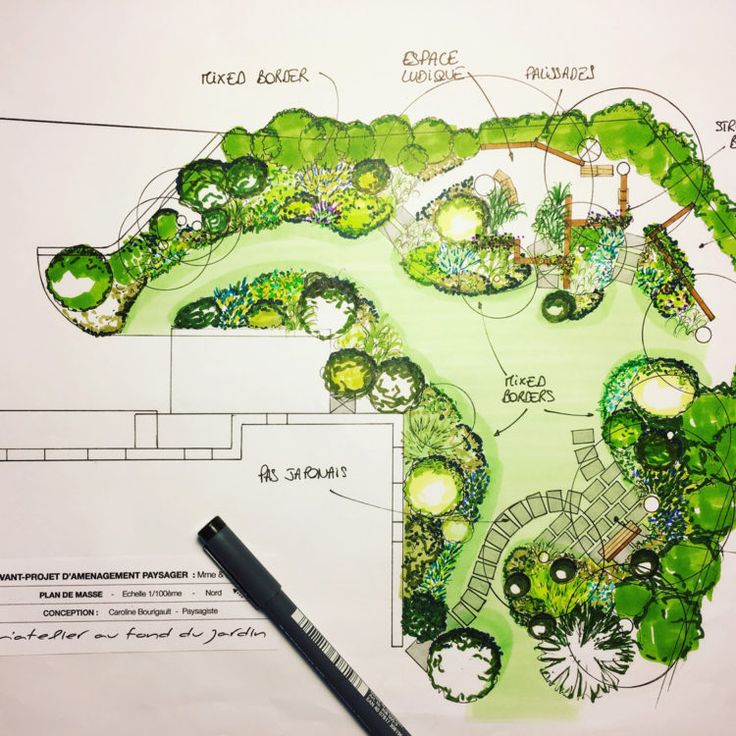 ’
’
Think about the environmental impact of what you propose to use. ‘We must all do our bit to reverse the effects of climate change and the gardening world is perhaps one of the industries leading the charge on changing our habits to be more eco-friendly,’ says Teresa Conway, gardens editor of Homes & Gardens.
The mix of materials that's most eco-friendly for your area will depend on your climate. In a hot, arid area like Southern California or the American Southwest, succulent plant and hardscaping will be more efficient than a lawn and verdant garden beds, which will require a ton of watering.
At the same time, in more temperate, rainy areas like the Pacific Northwest, or the U.K, English-style gardens that are mostly sustained through natural precipitation, and help contribute oxygen to the atmosphere are preferable to lots of manufactured hardscaping.
(Image credit: Future / Mel Yates)
Plan a garden that corrects awkward proportions
Planning a garden is an opportunity to correct awkward proportions.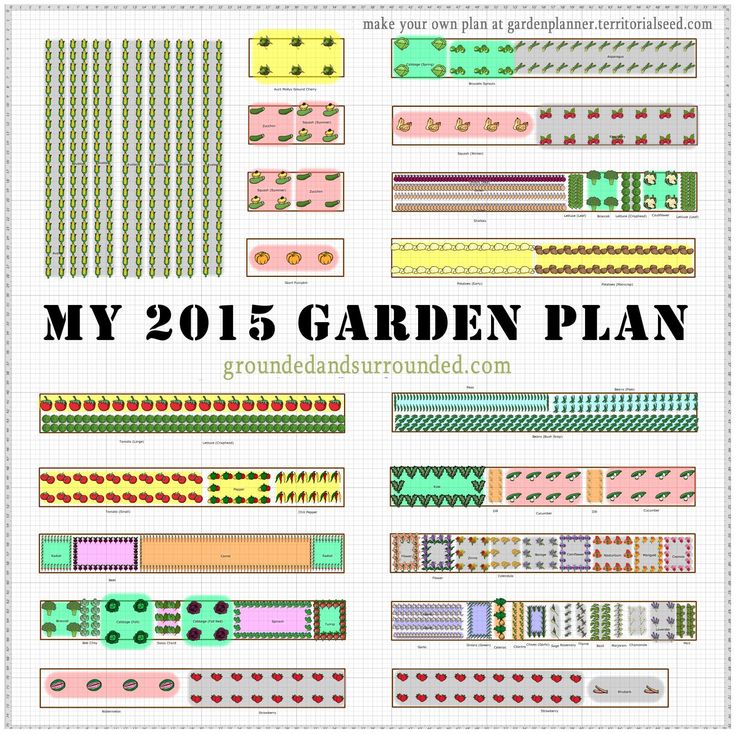 We’re talking, for example, a long narrow garden, or an odd shape, such as a triangular plot.
We’re talking, for example, a long narrow garden, or an odd shape, such as a triangular plot.
If you want to know how to make a small garden look bigger, divide it into separate zones, which will give the illusion of a larger space. Use verticals such as tall, narrow trees, pergolas, and green walls, too, which can distract from boundaries and give the eye plenty to appreciate.
Beware of thinking the design needs to be as uncluttered as possible when the garden is small. ‘If you clean your garden of everything, then when you look at it you can see everything all at once and this makes it feel smaller,’ says garden designer Dr Peter Reader MSGD.
‘If you design the correct scale and number of things, such as raised garden bed ideas, into the space then as you look at the garden your eye can’t see instantly to the back and flits from object to object. This fools your brain into seeing the space as larger than it really is. It also looks much more interesting and attractive.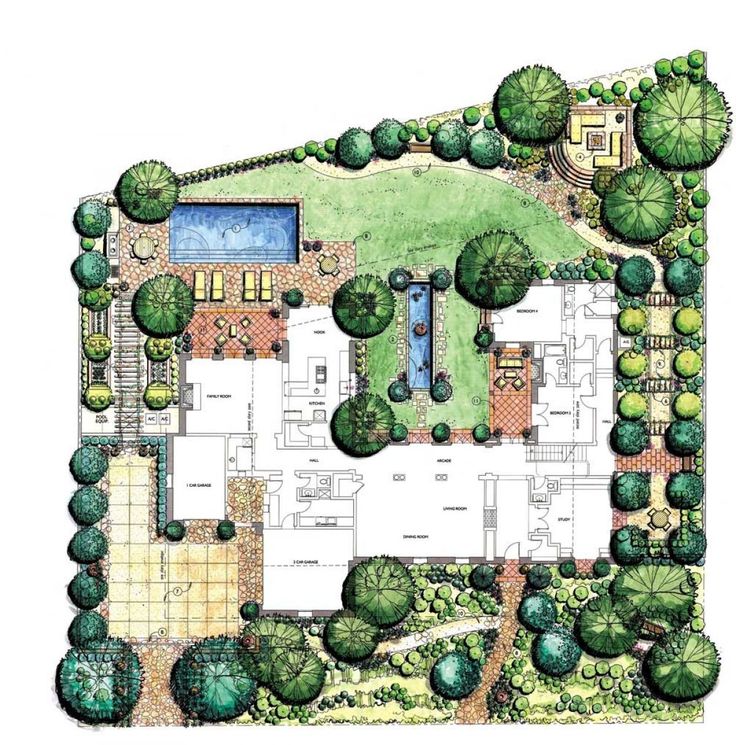 ’
’
For a long and narrow garden, the key is to avoid the gaze being drawn straight to the end, so dividing the space into perhaps three squarer zones with distinct features can divert the viewer to different aspects of the garden. Alternatively, work with an ‘S’ or zigzag design for a similar result.
A triangle or other odd shape can easily lend itself to breaking up into different areas that may be round or rectangular. If the garden does have a sharp point that‘s difficult to deal with, this could be screened off and used for a compost heap or storage, or planted with a feature tree, for example.
‘I always try and make the most of spaces, helped by linking individual spaces together with “pivot devices”. Using a smaller transitional space between two larger areas allows you to change the direction of the axes or the geometry,’ says Fellow of the Society of Garden Designers and CEO of Bowles & Wyer John Wyer.
‘These smaller spaces can also be celebrated in their own right with a piece of sculpture, a large pot or some other feature. ’
’
How to create interest in a garden
Sensory gardens with a range of color, shape and texture, are extremely popular and pleasing to the eye.
‘I often break foliage down into groups of textures – large leaved (hosta, Cynara, Phlomis russeliana etc), “dotty” leaves (Soleirolia soleirolii, Gypsophila, etc), spear-like leaves (Astelia, yucca, iris, hemerocallis) and medium, often glossy foliage,’ says John Wyer.
‘Use simple mixtures of these foliage groups and keep the list short. This works particularly well in shady gardens.’
Call on other senses apart from vision. Think fragrance when it comes to flowers and flowering shrubs. Sound can be important, too, and the wind through leaves or grasses or the gentle trickle of a water feature can add additional pleasure to the space.
‘I use a lot of natural light. Look in particular for how to use afternoon or morning backlight. It can be transformative, especially coming through grasses or tall perennials,’ says John Wyer.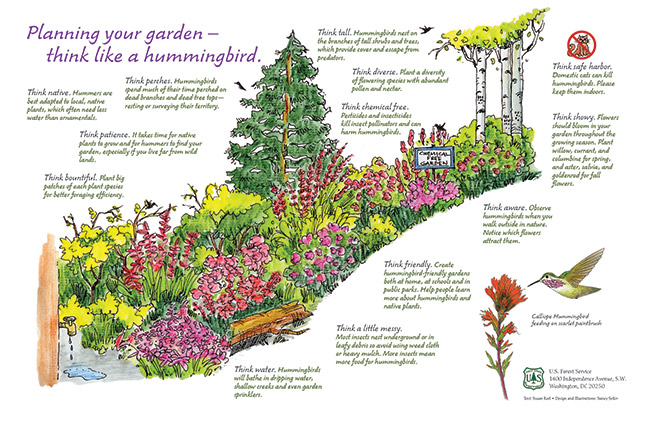
Vertical elements, such as living wall ideas, will make a garden design fuller, as will the hardscaping materials you choose. Think, too, about structures such as pergolas, and focal points, such as groups of containers and garden sculptures.
Avoid a design where everything can be seen immediately. ‘Create interest in your garden by screening certain areas to create intrigue and encourage people to explore the whole space,’ recommends Ed Oddy.
(Image credit: Future / Mark Bolton Photography)
How to plan a shade garden
Shade is desirable in a garden. Because of their aspect, some gardens are naturally shady, and will therefore require plants that thrive in such conditions. Although, you'll really want to do your homework around north-facing gardens to get the balance of shade and sun just right.
South facing gardens can be just as tricky to nail, and if your garden doesn’t provide respite, finding shade is vital so that dining and sitting out are comfortable experiences.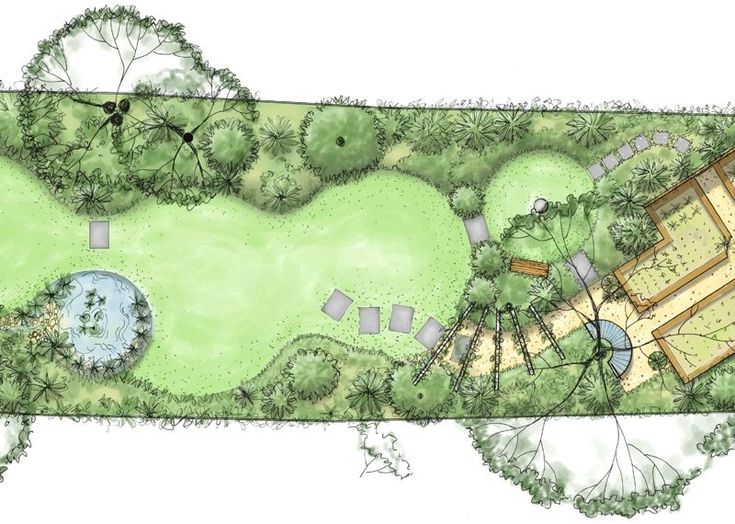
Practical garden shade ideas are crucial if you have young kids, as creating shade enables them to play out of direct sunlight.
Both structures and planting, and sometimes a combination of the two, can introduce shade that makes the garden and surrounding yard more enjoyable.
To provide an area of shade, consider including features such as pergolas and gazebos, as well as adding a roof to a patio or deck. A fence or wall can also introduce shade at certain times of the day, so can be useful in a location you use early or later in the day.
Bear in mind, though, that they won’t help when the sun is directly overhead.
Planting can be combined with many structures to boost shade, and climbers with both flowers and scent add to the attractiveness of a garden feature. But trees and large shrubs can also introduce the shaded areas a garden needs.
Patio umbrellas, awnings, canopies, shade sails and cabanas are all possible additional options to create the necessary shade around the garden.
(Image credit: Future / Mark Bolton)
How to plan a garden for privacy
The location of our homes means many of us have gardens that are overlooked by neighbors, especially in urban areas. But when you’re planning your garden, there are a range of garden privacy ideas that will make your outdoor space feel sheltered.
At the boundaries of your yard, a hedge can offer dense coverage, so that those outside can’t see through into the garden if that’s an issue. Or consider pleached trees, where branches are trained on to a trellis or another framework to produce a wide sweep of foliage that prevents views into the garden.
They can also be used across the space as an alternative to planting on a boundary.
Other planting that can keep a garden private includes options such as bamboo, or tall grasses. Climbers or ivy on a trellis or a pergola are also appealing as well as practical solutions to overlooking.
(Image credit: Future / Alicia Taylor)
How to plan a vegetable garden
A vegetable garden, or kitchen garden, is essential for many.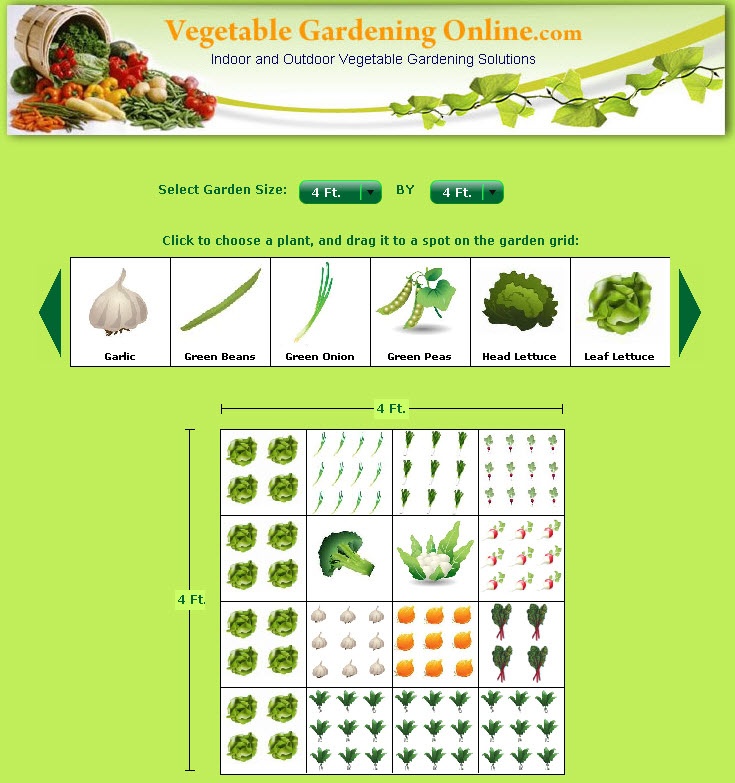 Like other types of gardens, this one take some thought and planning.
Like other types of gardens, this one take some thought and planning.
First, it is important to dedicate a sunny area to it if you can. If that’s not possible, and all that’s available is a more shady spot, stick to crops that can grow in that situation like lettuce, cabbage and kale.
If you’re growing crops that need to be harvested regularly, positioning your vegetable garden close to the house will be more convenient. And for watering, locate it where the hose will reach or at a distance within which you’re happy to carry a watering can.
Siting the vegetable garden and compost heap relatively near to one another can be a sensible strategy, as compost is heavy, and this avoids having to move it over large distances. Be aware that a part-shaded location for the compost equals less time spent adding water to the heap as well.
Consider the hours available to tend the crops in addition to how much space you have overall when allocating the area for a vegetable garden.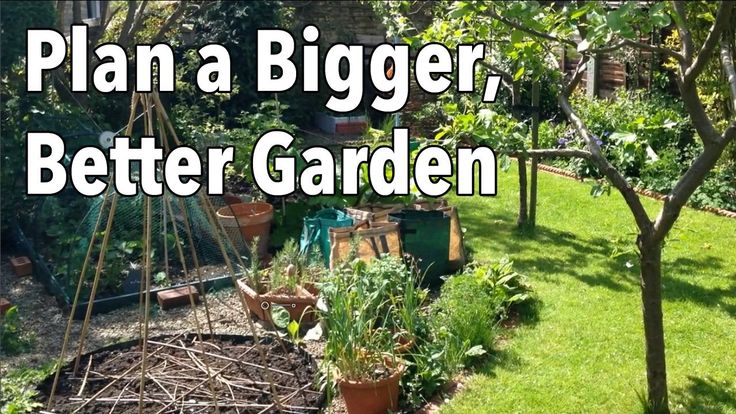
Also bear in mind that some crops are more compact than others, and some can even be cultivated in pots or very small raised beds. Meanwhile, opting for deep beds can produce plenty of crops in a smaller space.
What plants should be planted together?
Companion planting, or planting plants that are symbiotic together, is a way to ensure your garden stays healthy. Companion plants offer benefits to one another depending on the pairing, and can include shade, pest deterrence, and improved soil quality.
Some common companion plants include:
- Onions and cabbage
- Carrots and beans, peas and peppers
- Basil and tomatoes
- Cucumbers and lettuce, dill and oregano
- Garlic and most vegetables, since it deters aphids
Sarah is a freelance journalist and editor. Previously executive editor of Ideal Home, she’s specialized in interiors, property and gardens for over 20 years, and covers interior design, house design, gardens, and cleaning and organizing a home for H&G.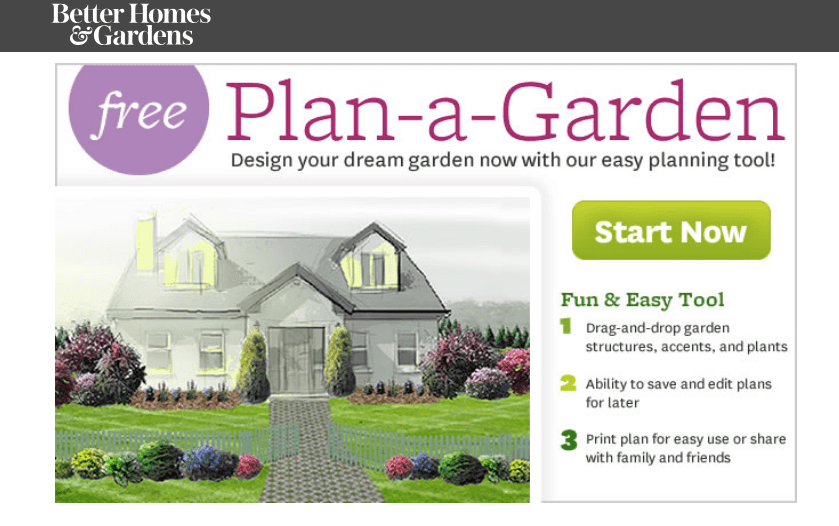 She’s written for websites, including Houzz, Channel 4’s flagship website, 4Homes, and Future’s T3; national newspapers, including The Guardian; and magazines including Future’s Country Homes & Interiors, Homebuilding & Renovating, Period Living, and Style at Home, as well as House Beautiful, Good Homes, Grand Designs, Homes & Antiques, LandLove and The English Home among others. It’s no big surprise that she likes to put what she writes about into practice, and is a serial house renovator.
She’s written for websites, including Houzz, Channel 4’s flagship website, 4Homes, and Future’s T3; national newspapers, including The Guardian; and magazines including Future’s Country Homes & Interiors, Homebuilding & Renovating, Period Living, and Style at Home, as well as House Beautiful, Good Homes, Grand Designs, Homes & Antiques, LandLove and The English Home among others. It’s no big surprise that she likes to put what she writes about into practice, and is a serial house renovator.
Competent site planning: the first step | Natalia Myagkova Full Cycle School of Landscape Design
What is site planning based on?
So, you have a plot. At best, a house is being built or has already been built on it. You want to make a garden plan, but for now, look at a blank sheet of paper. One thought is spinning in my head: where to start? How to turn an empty plot into a blooming garden, even if only on paper?
Build the perfect garden with three main points : information about the site, the features of the house and the desires of your family.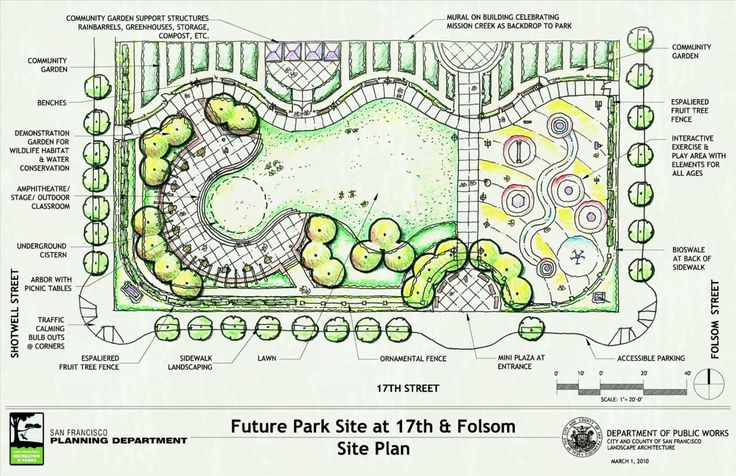
The first stage of garden planning - what professional designers call pre-design analysis - is often overlooked. In fact, these are three basic steps! It is the basic ones, because the garden, planned taking into account the initial information about the site (step 1), will be made according to the laws of nature, which means it will be able to grow on its own, without your intervention. The garden, which takes into account the architectural features of the house, will be its logical continuation, its "green rooms" in the open air (step 2). And finally, it will be a reflection of your dreams - comfortable and cozy, because at the very beginning of its creation you thought in detail what exactly you and your loved ones would like to see and do in the garden.
So, before planning a site, you need to do the following:
Why collect site information?
Let's dwell on the first step: collecting information about the place where your site is located and about the site itself. Why is this information needed? Since the site is located in a certain climatic region, then, knowing the information about the climate, you can:
Why is this information needed? Since the site is located in a certain climatic region, then, knowing the information about the climate, you can:
How to determine the microclimate of the site
Next, you need to understand what the microclimate is on the site. I will list the factors by which it is determined.
Some of the factors listed above are easy to influence. Let's say we can partially drain the too wet soil in the area by arranging drains or storm sewers. You can add sand and organic matter and lighten heavy clay soil. But the amount of light entering the site cannot be affected. So this factor will determine the appearance of the garden, because the choice of plants depends on the light regime. Take a look at the article Plants and Light, where I talk about this in detail.
Of course, there is also an approach where you just buy the plants you like and plant them where you want. This situation is not that erroneous, no, it is more labor-intensive.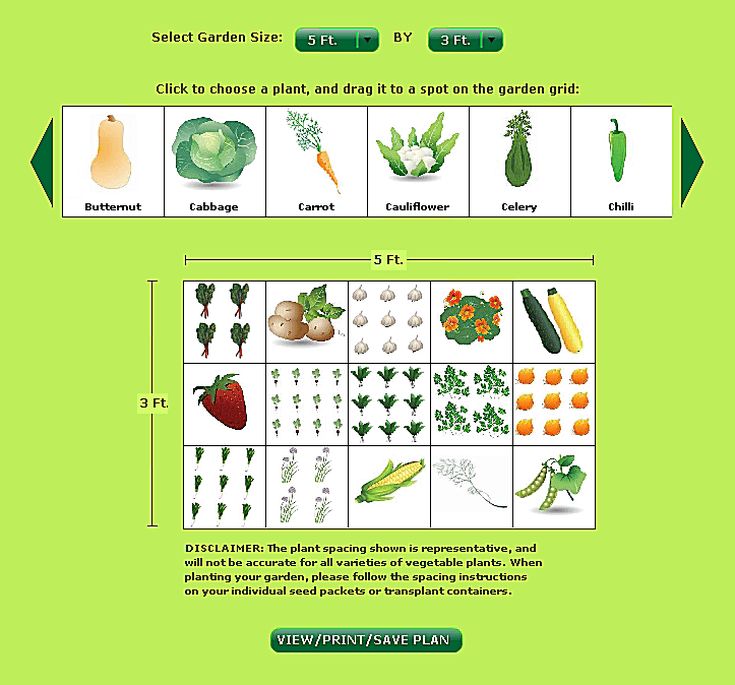 If you immediately select the right planting sites, taking into account the microclimate of the site, then will significantly reduce the work of caring for the garden in the future .
If you immediately select the right planting sites, taking into account the microclimate of the site, then will significantly reduce the work of caring for the garden in the future .
It is important to create a garden so that over time the amount of work in the garden decreases. If this is not the case in your garden, then you did not take into account something when laying the garden.
The amount of sun that hits the plot during the day depends not only on the choice of plants, but also on the layout of the plot . It is different for the northern and southern regions, you can not argue here. What I mean?
There are already buildings and trees on your property that provide shade that moves throughout the day. There are some areas in the garden - say, a kitchen garden - that do not tolerate any shade at all. The shade in the garden in the Moscow region and areas similar in climate is a big crop loss. Some plants love the morning sun, like roses.
Imagine my surprise when listeners from the southern regions of the country told me that the situation was exactly the opposite. In the southern regions, the open sun reduces the yield of vegetables, so the garden should be shaded during the hottest daytime hours, and, therefore, a different place should be chosen for it. Therefore, it is important for every future garden owner to know the microclimatic features of his site in order not to make a mistake in choosing plants and locating functional zones.
How does the situation outside the site affect the appearance of your garden?
Determine what you don't like about the plot. These are the so-called "unsightly" views: a dusty road, power poles, a rickety neighbor's shed. I already mentioned this in the article about the environment and the microclimate of the site.
"Unsightly" view of the neighbor's buildings
"Unsightly" view of the neighbor's shed
How will what you don't like affect your garden? Look at the photo on the left below. This picturesque picture opens from the porch of the house. But at the same time, going out onto the porch, you see plain buildings on the right. In this case, plantings are done in such a way that do not close the view of the picturesque distances and at the same time mask these buildings with plants - approximately as indicated in the photo on the right.
This picturesque picture opens from the porch of the house. But at the same time, going out onto the porch, you see plain buildings on the right. In this case, plantings are done in such a way that do not close the view of the picturesque distances and at the same time mask these buildings with plants - approximately as indicated in the photo on the right.
Scenic view from the porch of the house, which is spoiled by the neighbor's sheds
The same view, but with bushes that mask the neighbor's buildings
Next, determine what you like behind the plot . For example, a beautiful tree near a neighbor or distant views of the river, fields, as in the photographs below.
If you plan the plot in such a way that beautiful distant prospects open up from it, then in fact you will become the owner of a garden much larger than 10-15 acres.
This technique is called "borrowed view". It is skillfully used by the British, placing places of rest where stunning views of the surroundings open up.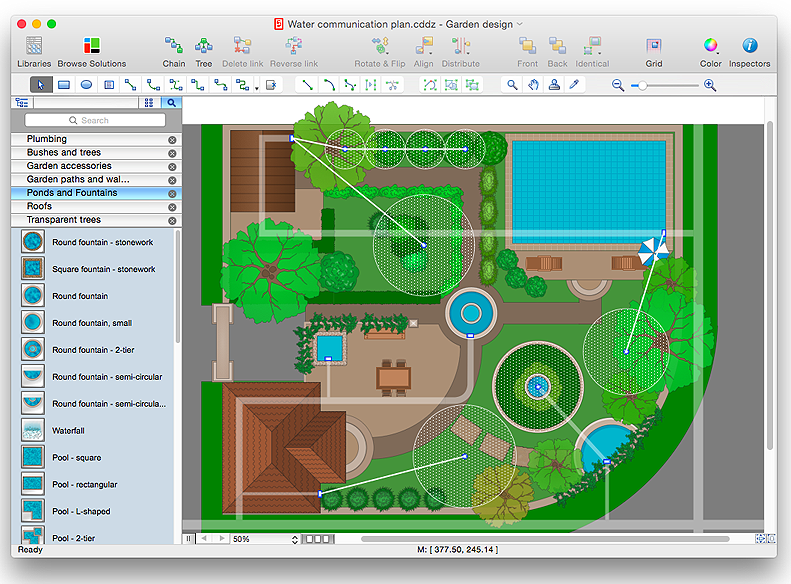 If you are one of the lucky ones who have a beautiful perspective behind the site, then use this: be sure to plan the gazebo or other resting place correctly in order to observe the picturesque distances from there!
If you are one of the lucky ones who have a beautiful perspective behind the site, then use this: be sure to plan the gazebo or other resting place correctly in order to observe the picturesque distances from there!
From this point you can see the surroundings from the English garden Kiefstgates
And this is the surroundings themselves, which are visible from the top of the hill
And now remember what you like about your site and what you don’t like? Now, I hope this will be an occasion for fantasy, and not for frustration.
Top tip - When planning your future garden, don't neglect gathering information about and around the lot. Do it painstakingly and thoughtfully to get a garden that grows on its own and is comfortable for you, its owners.
The first step has been taken, it's time to move on to the second.
Do you want to collect information about the site in order, without missing the right details? Register for a free course "How to collect information about the site to make a plan for the future garden"
- You will listen to 2 lectures
- Get instructions on how to take measurements at site
- Do an assignment from workbook
And step by step, collect everything you need to know about the site for the plan of the initial situation.
On the planning of the site - step by step
with a pencil on paper “Think” is much easier, than with the help of a shovel on Earth
Unknown author
In previous articles of this cycle, we discussed of what elements make up your garden (1), how to plan a garden in general (2), and how to arrange zones in a garden (3). Now it's up to with the final plan for the garden! On the one hand, garden planning is a relatively difficult stage, but it is also the most exciting ...
Before you finalize your garden, you need to decide on its style…. Choosing the style of your garden is determined by many factors, this is the topic of a separate article.
Finally, we proceed to the detailed planning of section . In the arsenal of designers today there are many computer programs that allow you to develop almost any project.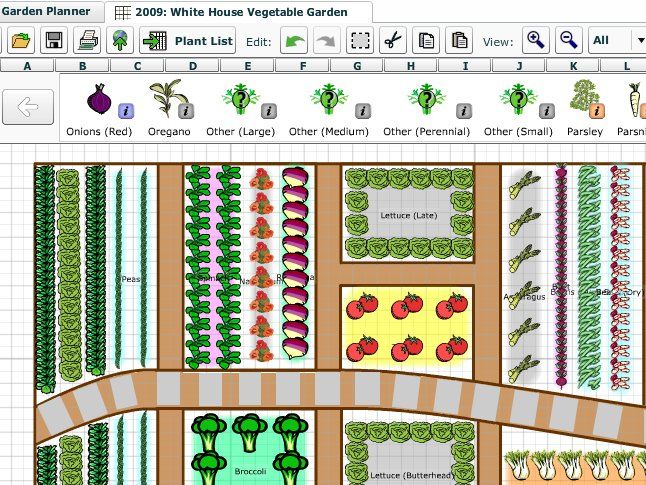 Many of these programs provide interesting ways to visualize individual elements and areas of the site, and in the future we will try to return to this issue. But if you are interested in a single garden, of course, you can do it on your own.
Many of these programs provide interesting ways to visualize individual elements and areas of the site, and in the future we will try to return to this issue. But if you are interested in a single garden, of course, you can do it on your own.
First, you need to make a sketch plan of your garden plot, and then gradually add all the details to it, in accordance with your ideas. There are quite a few books and articles on the internet that detail how to create a lot plan. For example, I really liked article "Scenario of the garden", there is a book by Olga Voronova "Your own landscape designer". Here we will focus only on the five most important and interesting points.
1) Your main project should include a general plan of your site (with existing buildings) to scale. The most visual will be a drawing made on millimeter paper (if you take a convenient scale of 1:100 - one meter on the territory will correspond to one centimeter on paper) with a pencil. If the plan is very large, you can then fasten several sheets of graph paper together. In addition, you can use the camera to display some corners of your site (then the material for reflection will always be in front of your eyes).
If the plan is very large, you can then fasten several sheets of graph paper together. In addition, you can use the camera to display some corners of your site (then the material for reflection will always be in front of your eyes).
2) So, the plan is ready. Estimates of different garden design options, taking into account zoning, are very convenient to do on sheets of tracing paper superimposed on top of the main plan. Additionally, you can cut to scale individual zones and elements of your site and move them around the plan, finding the best location for them. Now you do not have to think about such minor details as garden furniture or individual plants. If the device of some elements is postponed for the future, try to replace this element in the simplest way for the time being, for example, in place sandboxes and swings will be able to accommodate pond in a few years.
Read more about planning in the article " New site: part 9 ".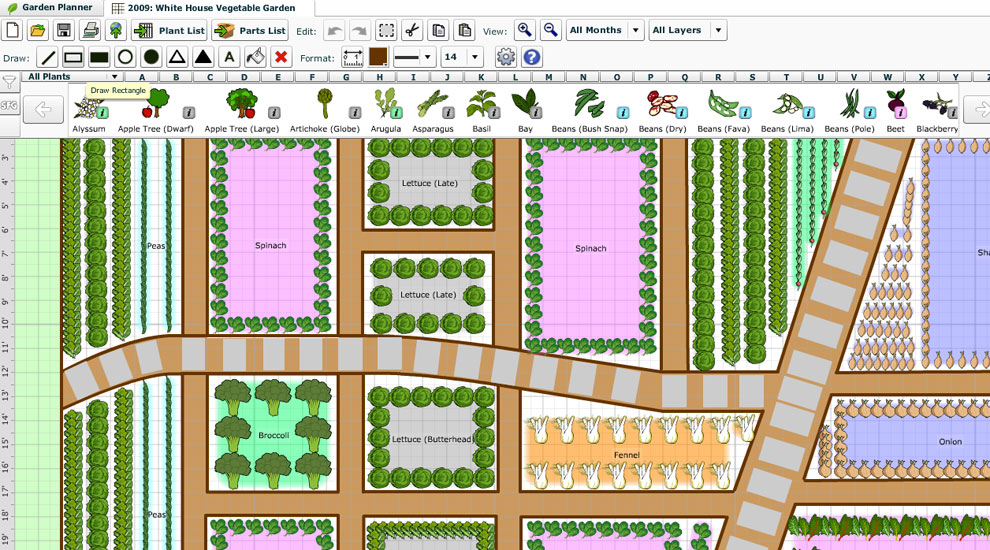
Thus, for further work, you have an approximate plan with buildings, as well as an estimated set of plants and small forms (elements) that you want to place on the site. Now comes the fun part of planning your garden: you start arranging all the selected elements on the tracing paper overlaid on top of the main plan. This is a very exciting activity, ideas will come one after another .... We take the first tracing paper, apply it over the main plan and apply the selected zones - for example, an orchard, garden , recreation area and so on. Here you need to take into account some rules - about the mutual arrangement of zones in your garden.
Existing objects should be included in the plan in the following order: buildings, then covered areas (paths and grounds with paving ), last but not least - fences, large trees , flower beds . At the same time, it is convenient to mark the exact position of each small object on your plan if you measure the distance from it to two precisely fixed points on the plan (for example, to the corners of your house).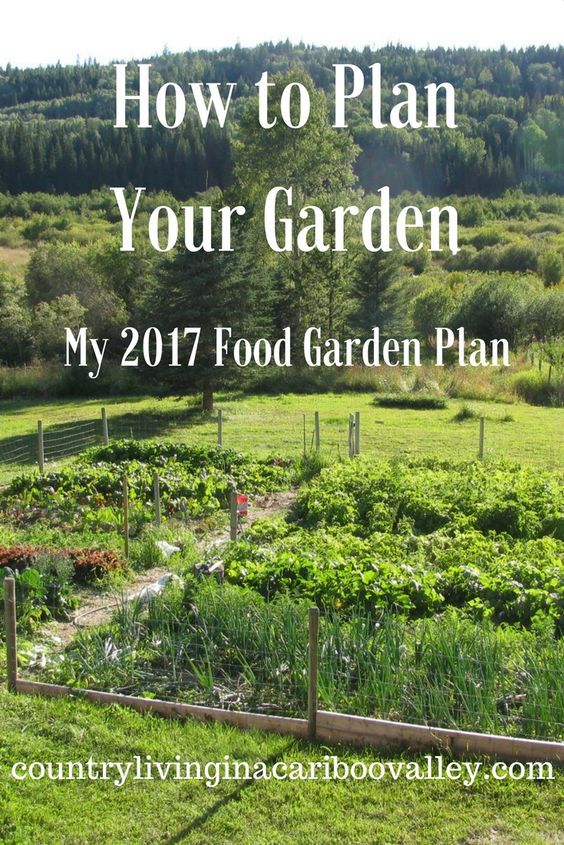
3) Now we mark on tracing paper paths and borders, paving sections .
Having fixed the zones on the plan, they connect them with each other, with the house, other buildings, gates and gates with a network of paths, also providing paved areas, for example, in the patio, around the reservoir, in front of the garage , etc. Paths laid so that it was more convenient to move around the site. First, the main routes are distinguished, then the lines of the tracks are applied along them. The width and shape can be determined later. Do not make all the paths absolutely straight and straight, it is beautiful only in a regular garden. Small curves are always interesting, avoid right angles and dead ends. Further, the paths can be circled around the garden and combined into a single route. Particularly preferred are rounded, smooth lines of paths for gardens conceived landscape style .
The width of the main paths should be sufficient for walking together (at least 1 m), secondary paths can be made narrower and not even solid, but from individual tiles, individually laid in the grass on the lawn.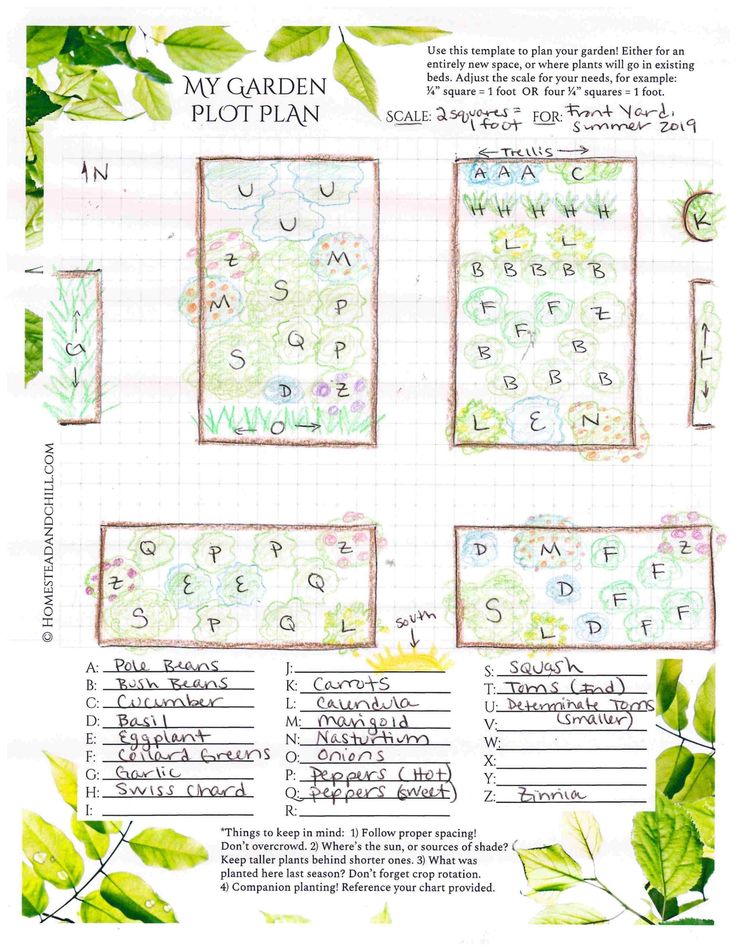
4) Let's move on to plants - trees and shrubs .
The order of planning (and later - planting!): first - trees and shrubs, they make up the "skeleton" of your garden, then - flowers. Mark large plants on the plan with circles of the appropriate size, while be sure to specify the size of the crown of adult trees and the optimal distances when planting (between large trees, when planting, keep a distance of at least 5 m, and large shrubs - 2 m).
Beautiful flowering shrubs are located closer to recreation areas . However, for the correct location and subsequent planting of all plants on the site, it is also necessary to determine in advance the insolation mode, that is, the degree of shading of the site.
Next, on individual tracing papers (there will be many options!) we apply flower beds . At the same time, do not forget about the requirements of plants for illumination.